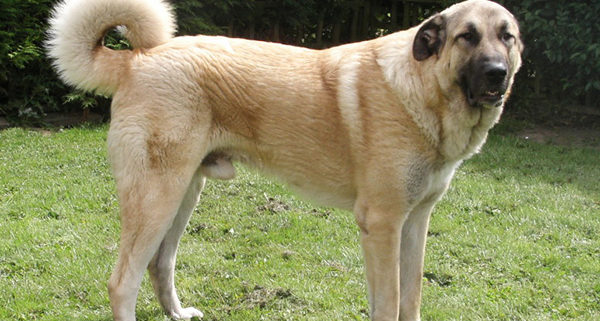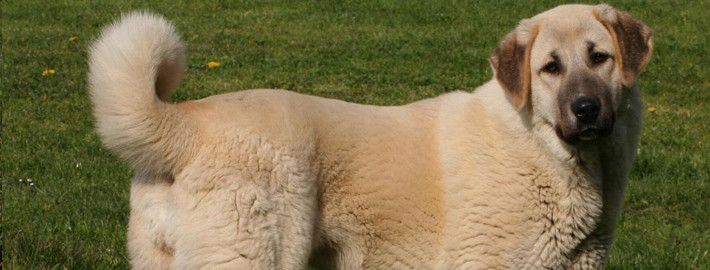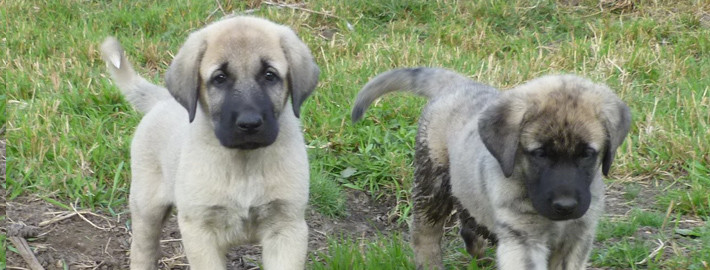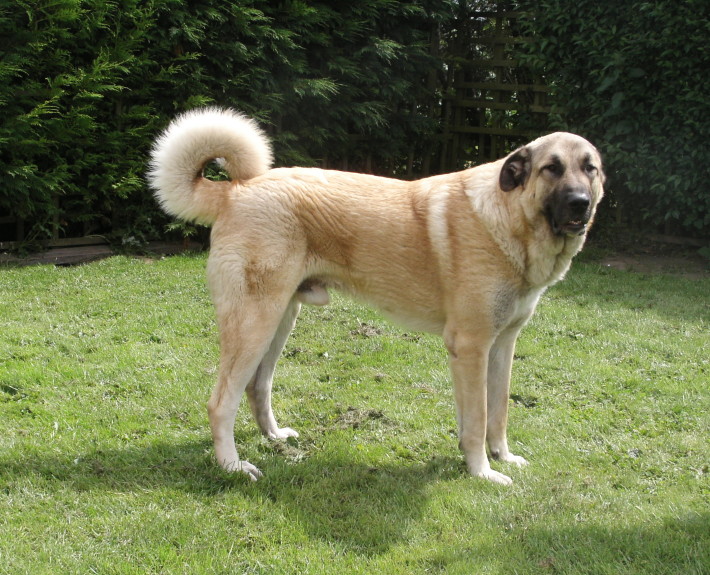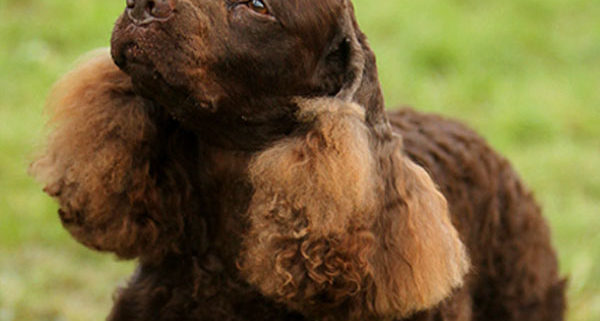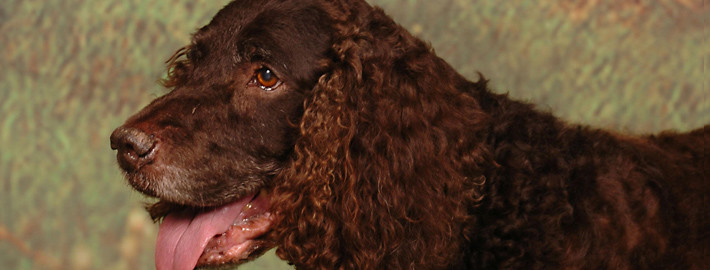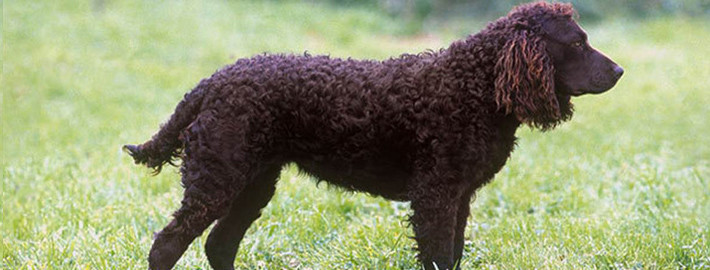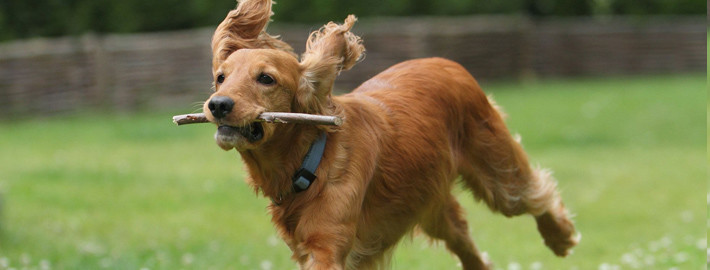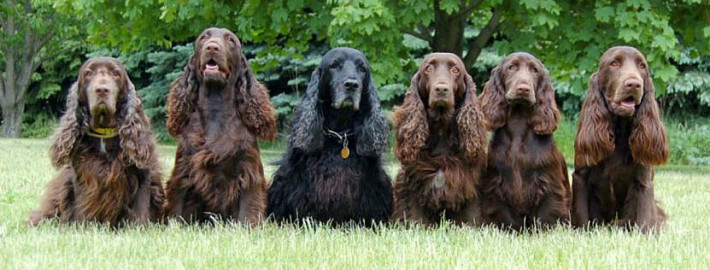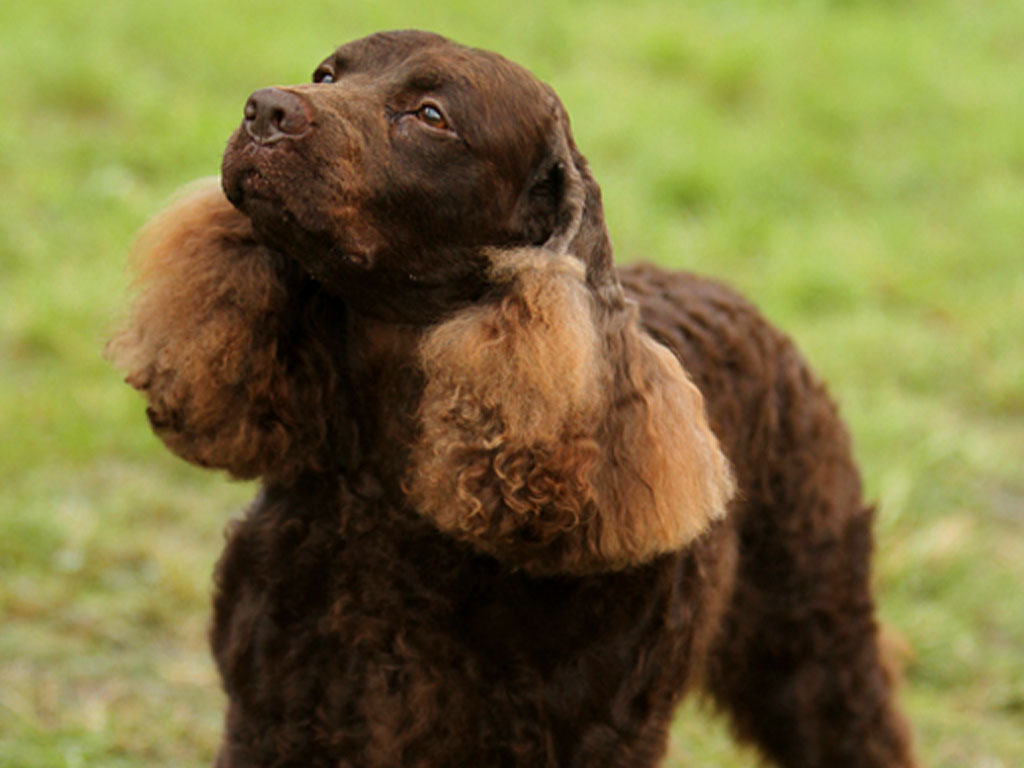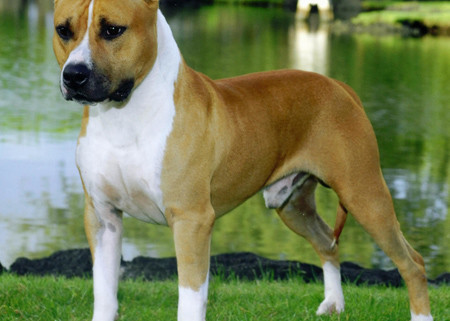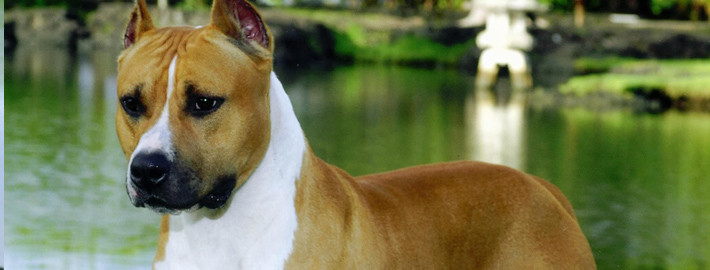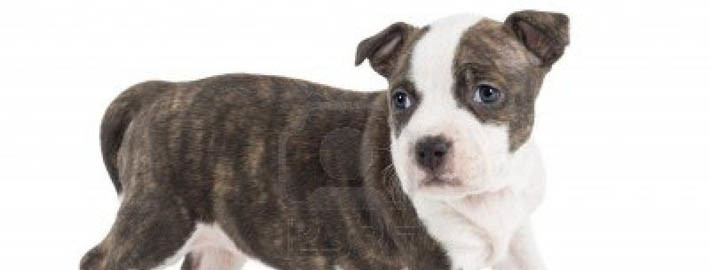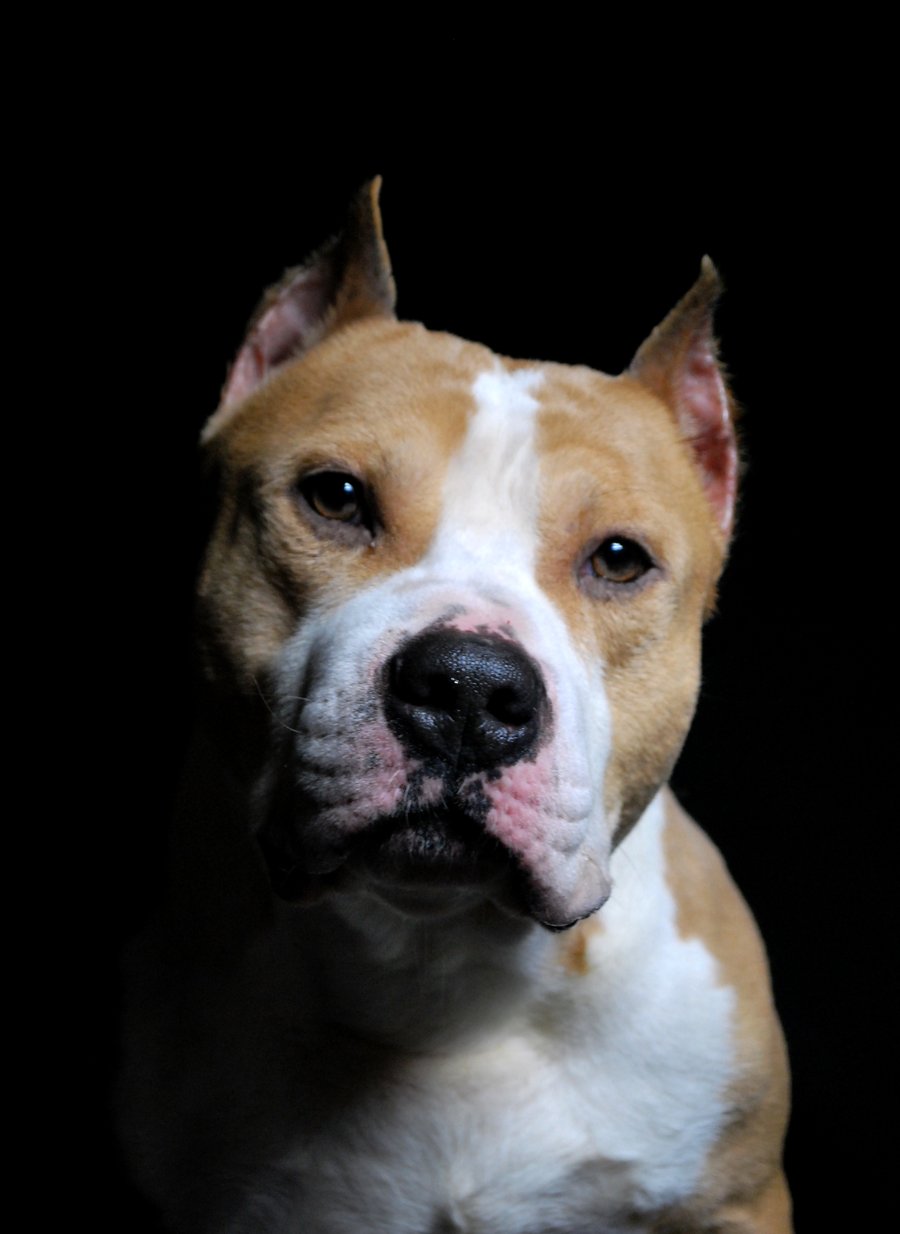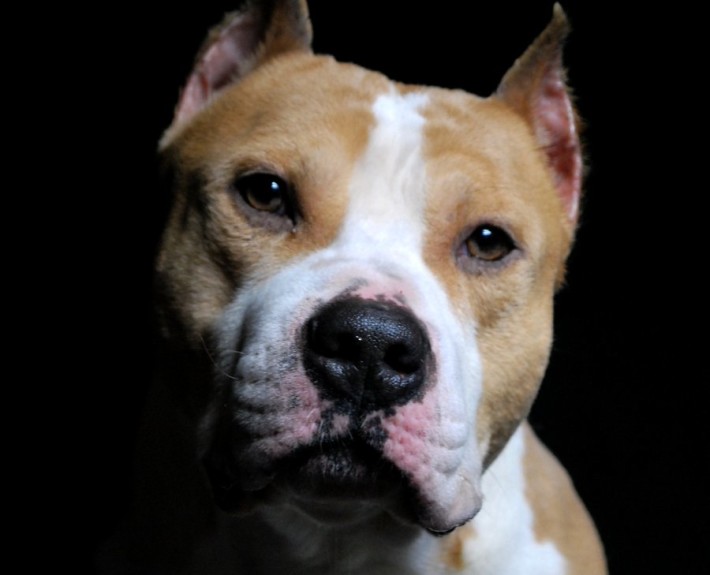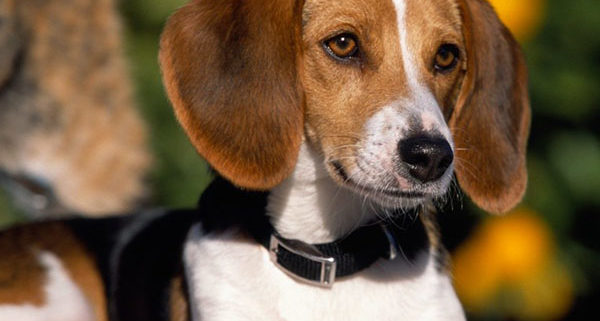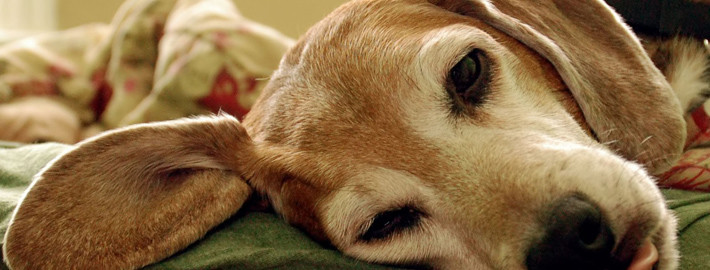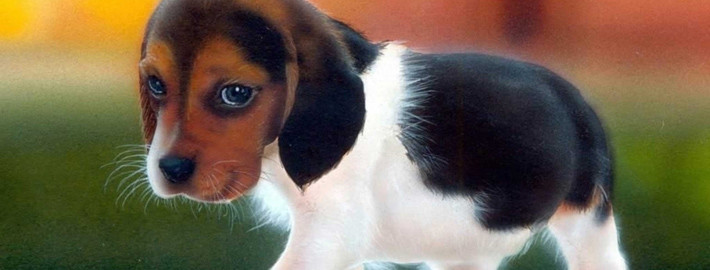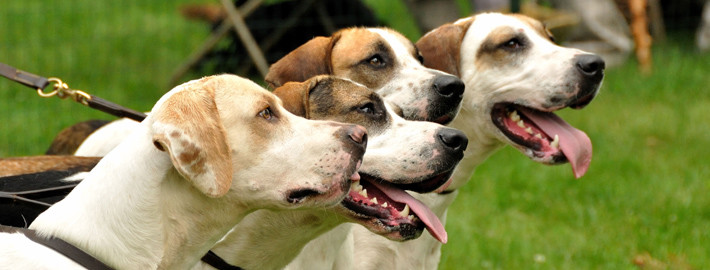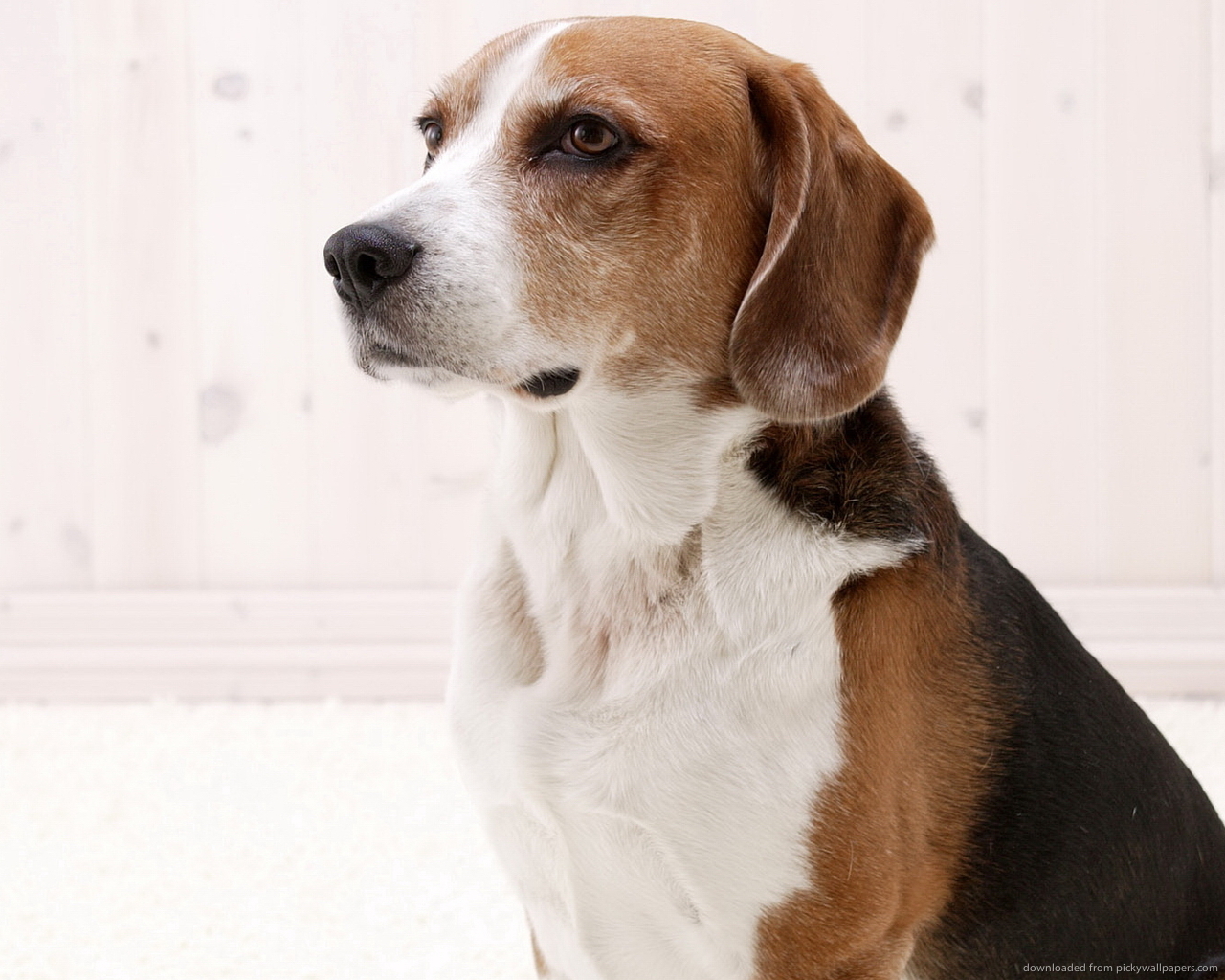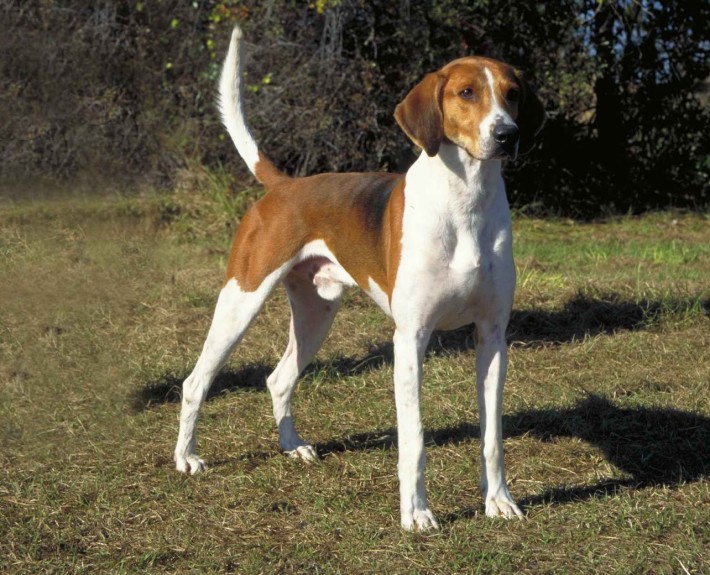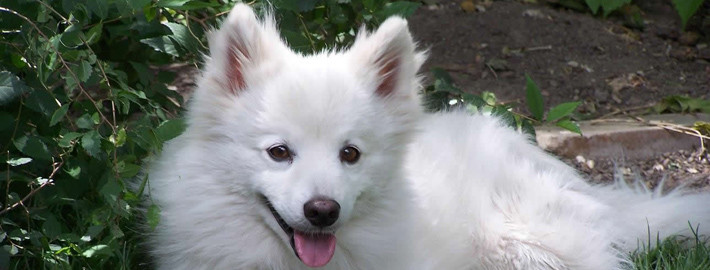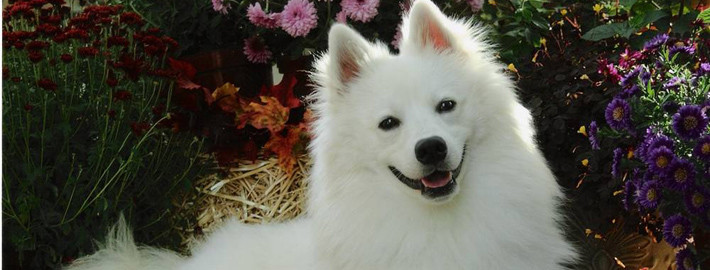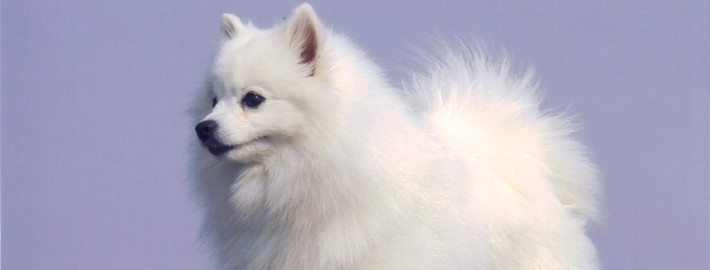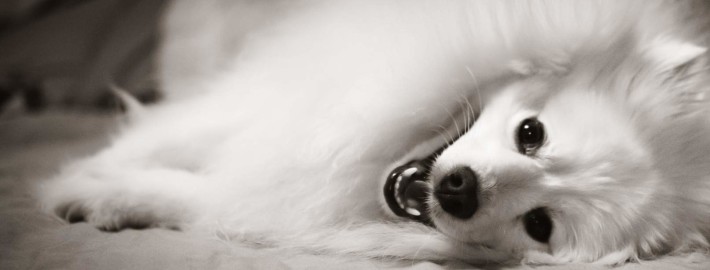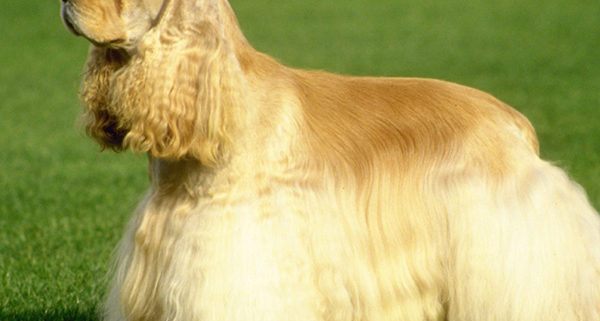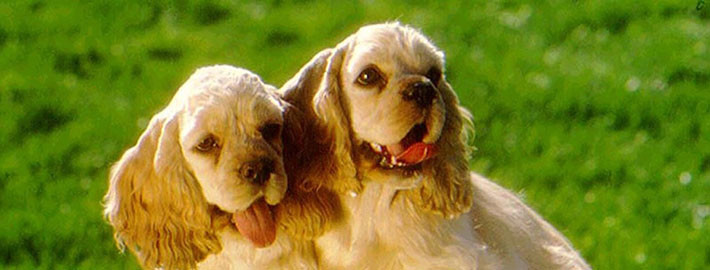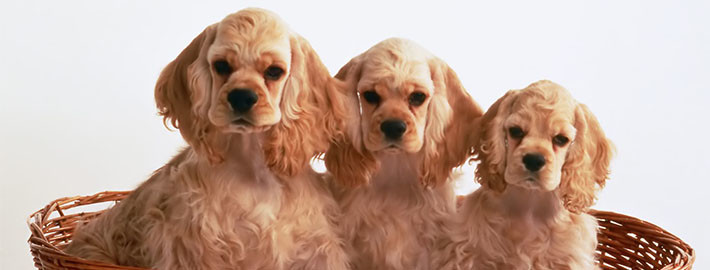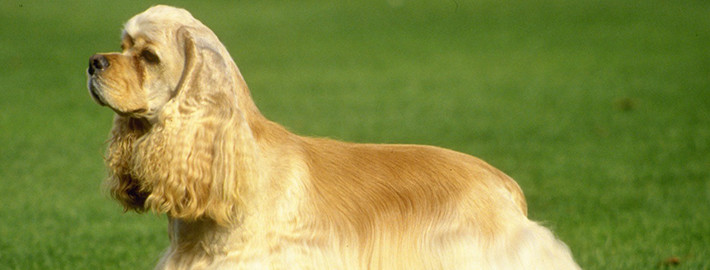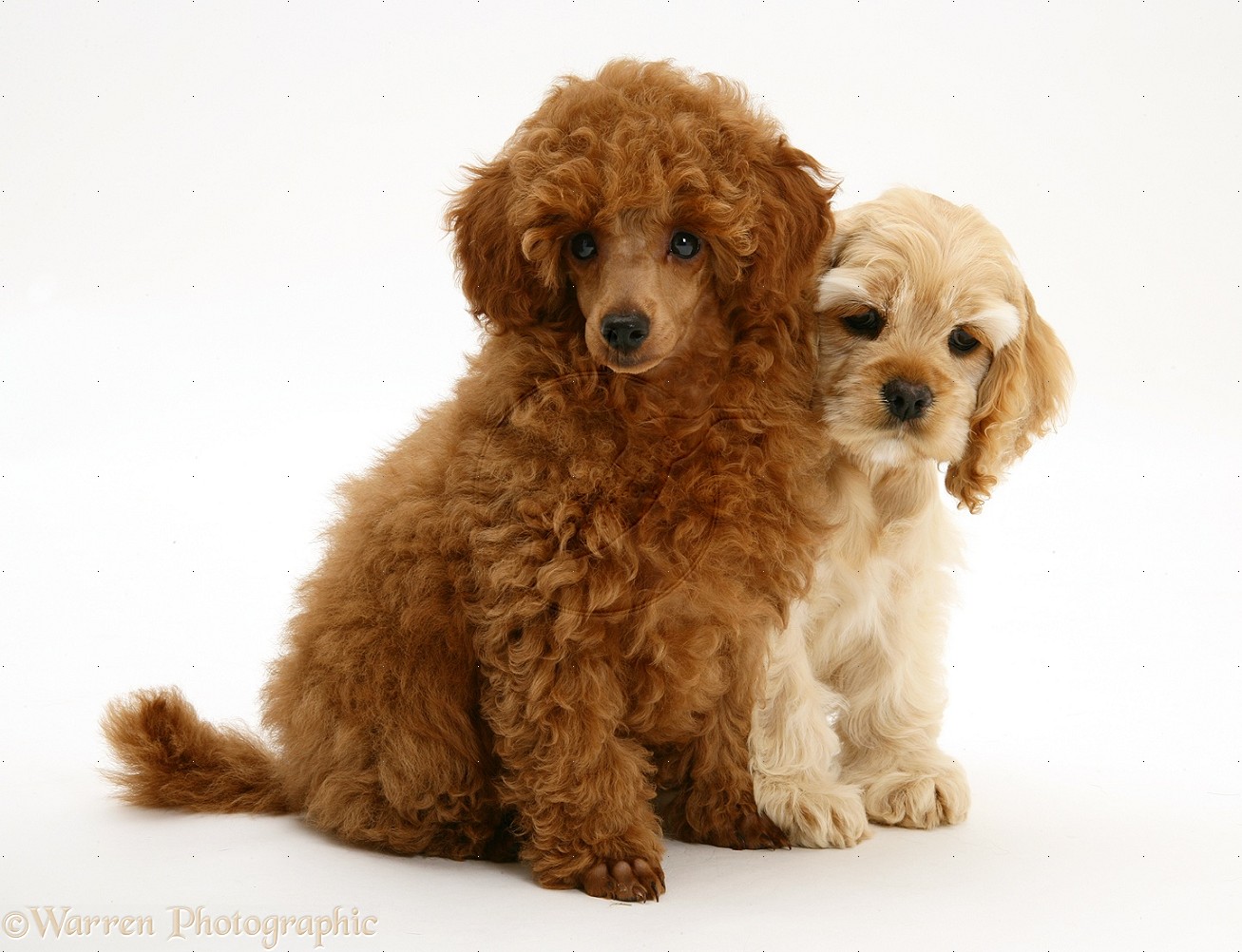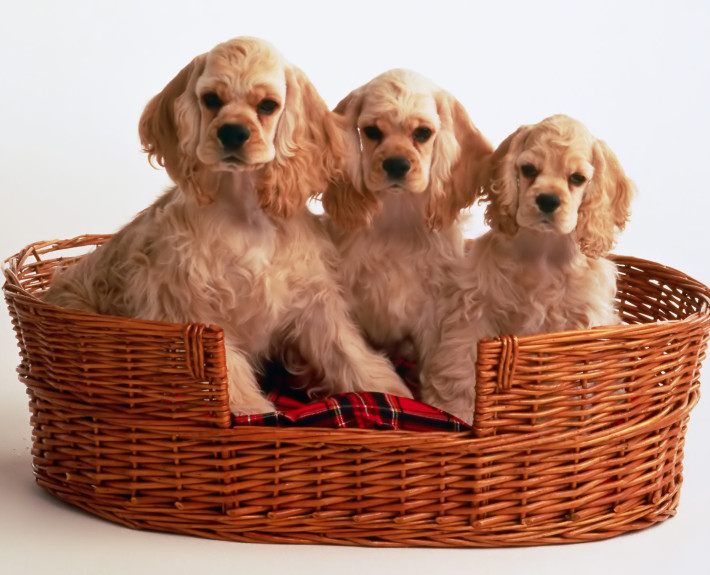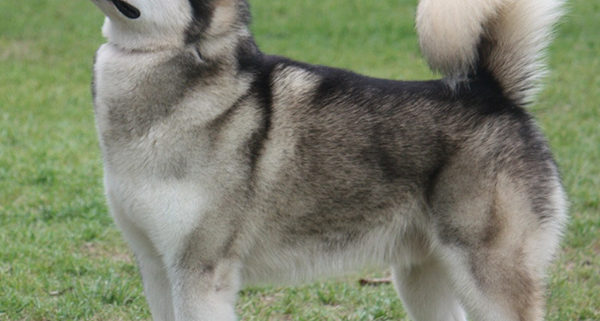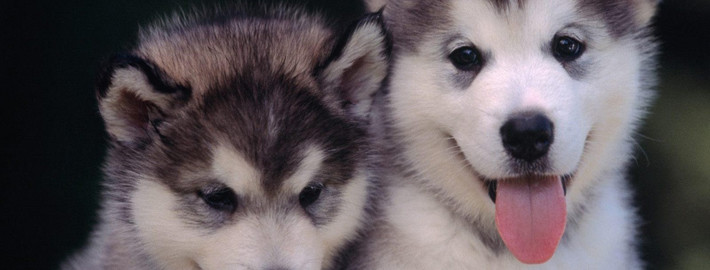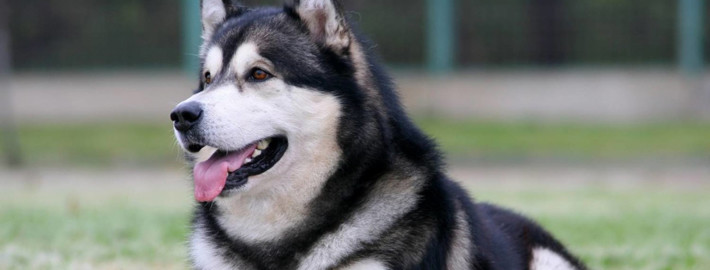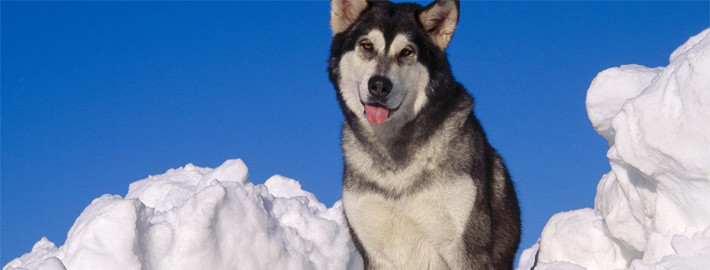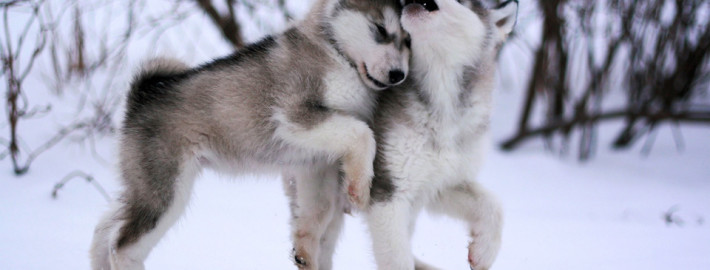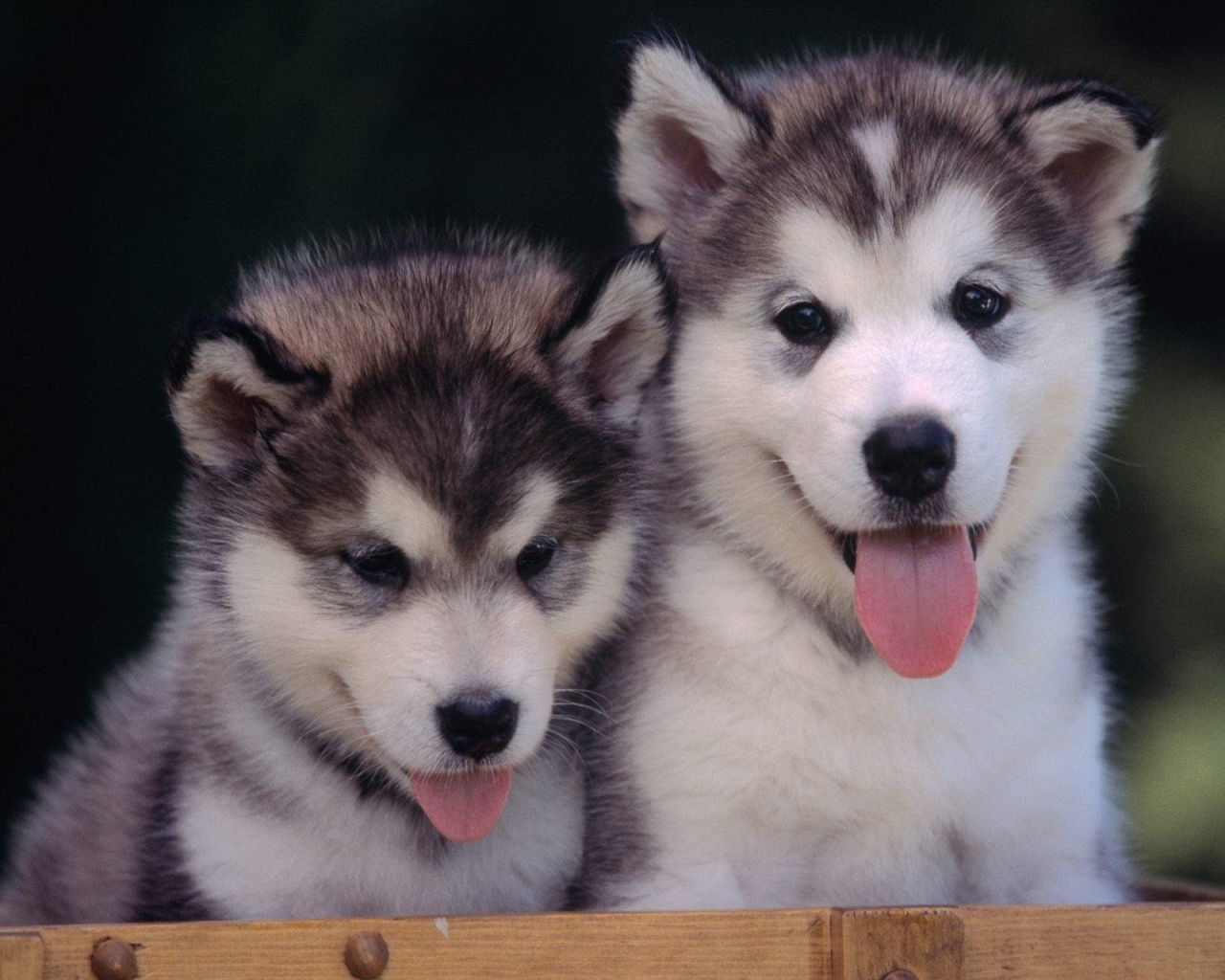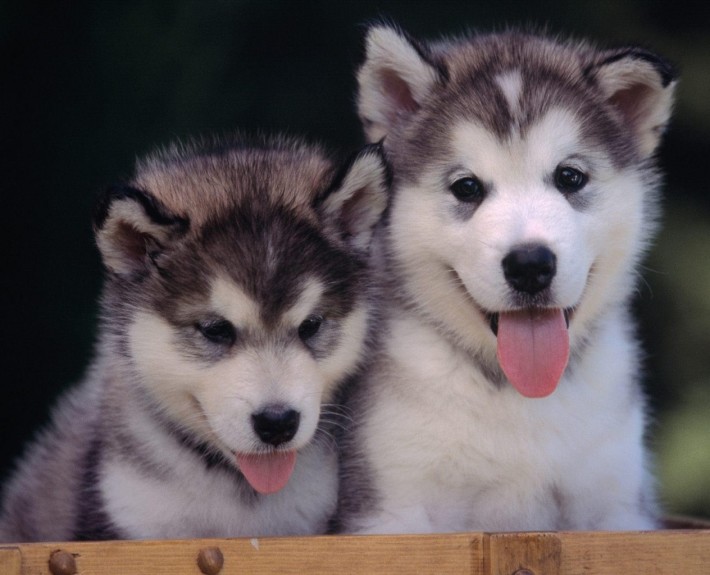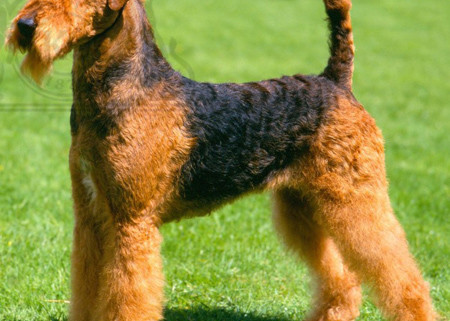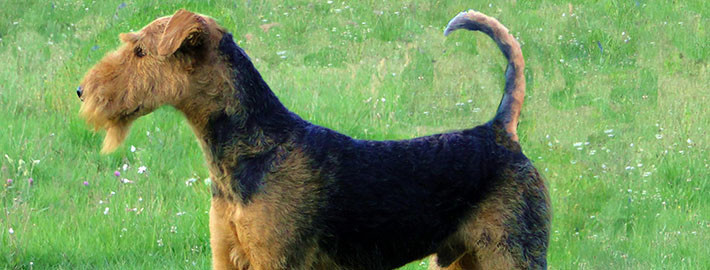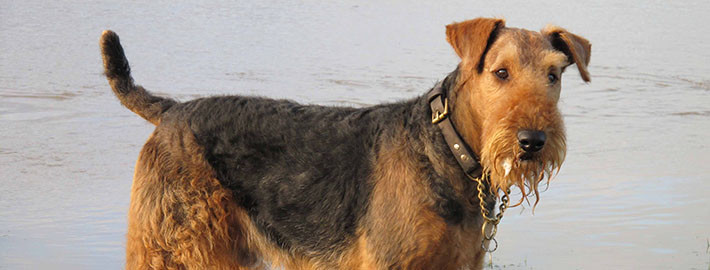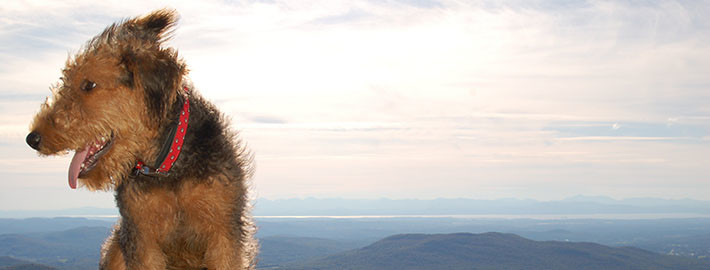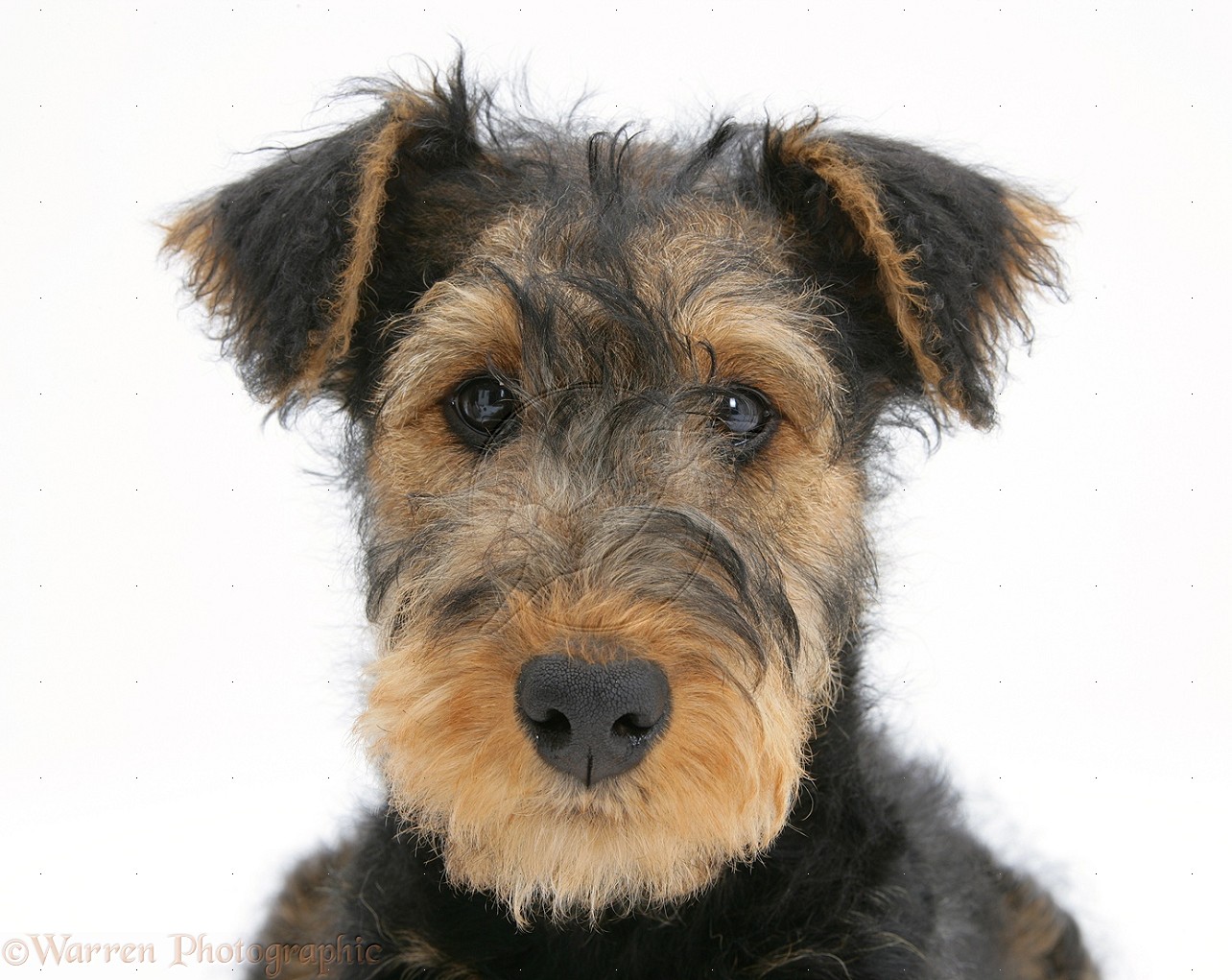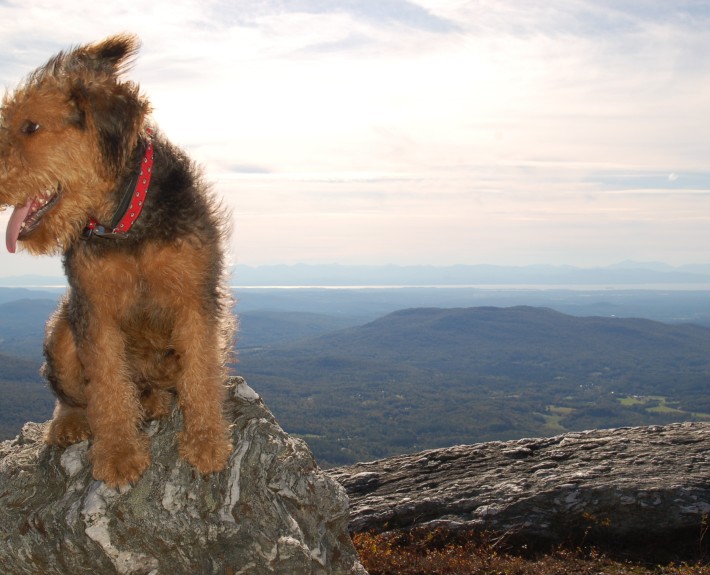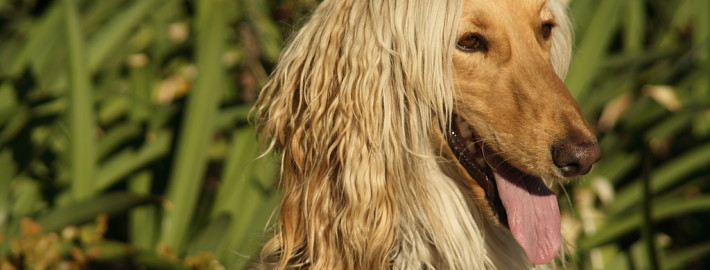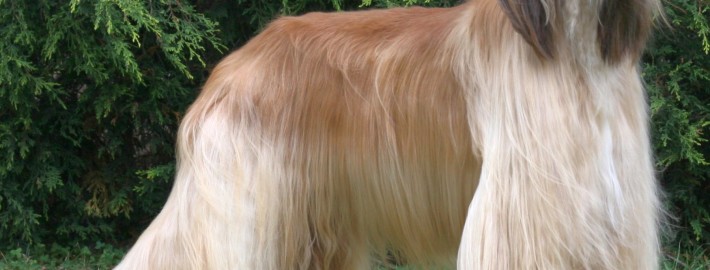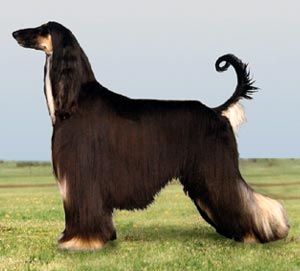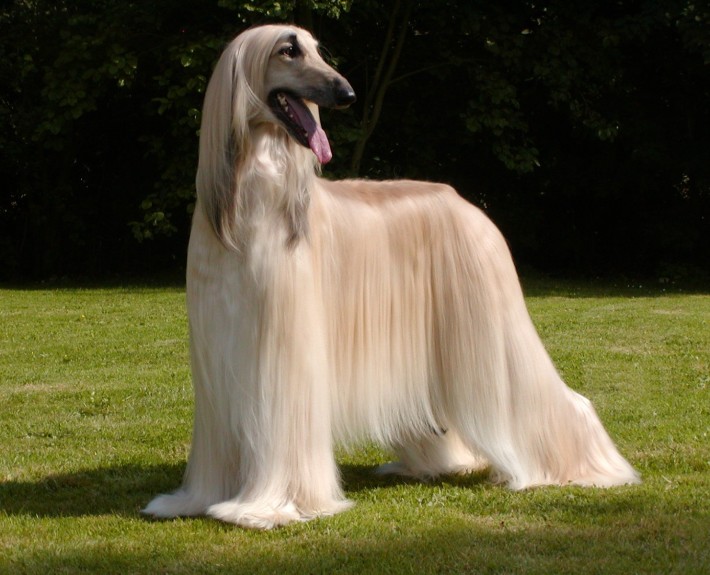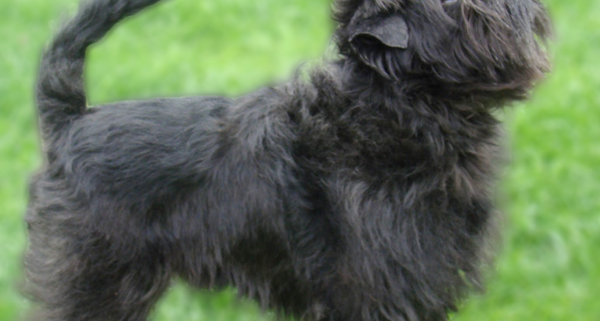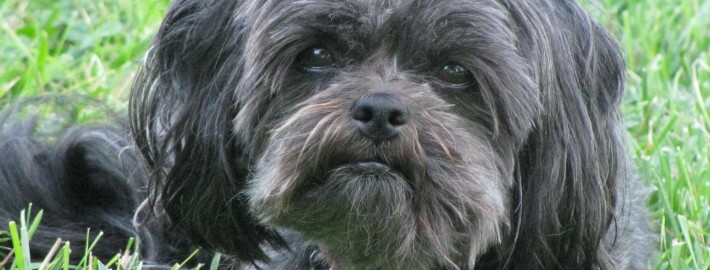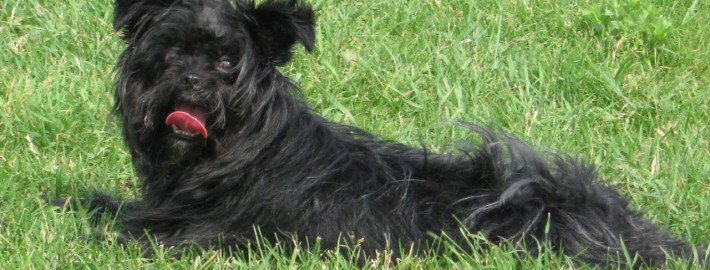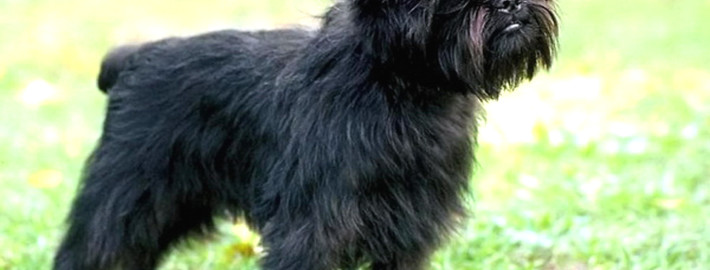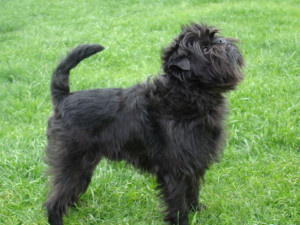Anatolian Shepherd
ANATOLIAN SHEPHERD – Watchdog
What makes the Anatolian Shepherd Unique?
The Anatolian is built tough to do a tough job. It is a large, powerful, rugged dog, having both great agility and endurance. It has good bone and a large head. Its gait is powerful, smooth and fluid. Its coat consists of a thick undercoat and an outer coat that ranges from short (about 1 inch) to rough (about 4 inches), slightly longer around the neck and mane. Its expression is intelligent, and the general impression it gives is one of a bold yet calm protector.
This is a serious dog, devoted to its family and its duty as family protector. At the same time, it is laid back-and easygoing, never on the lookout for trouble. It is suspicious of strangers and is territorial. It is good with children, but it may not be playful enough to satisfy children’s desires. As a serious watchdog, it tends to bark a lot when its suspicions are aroused.
Breed Groups
- Working Dog Breed
- Large Size
Page Contents
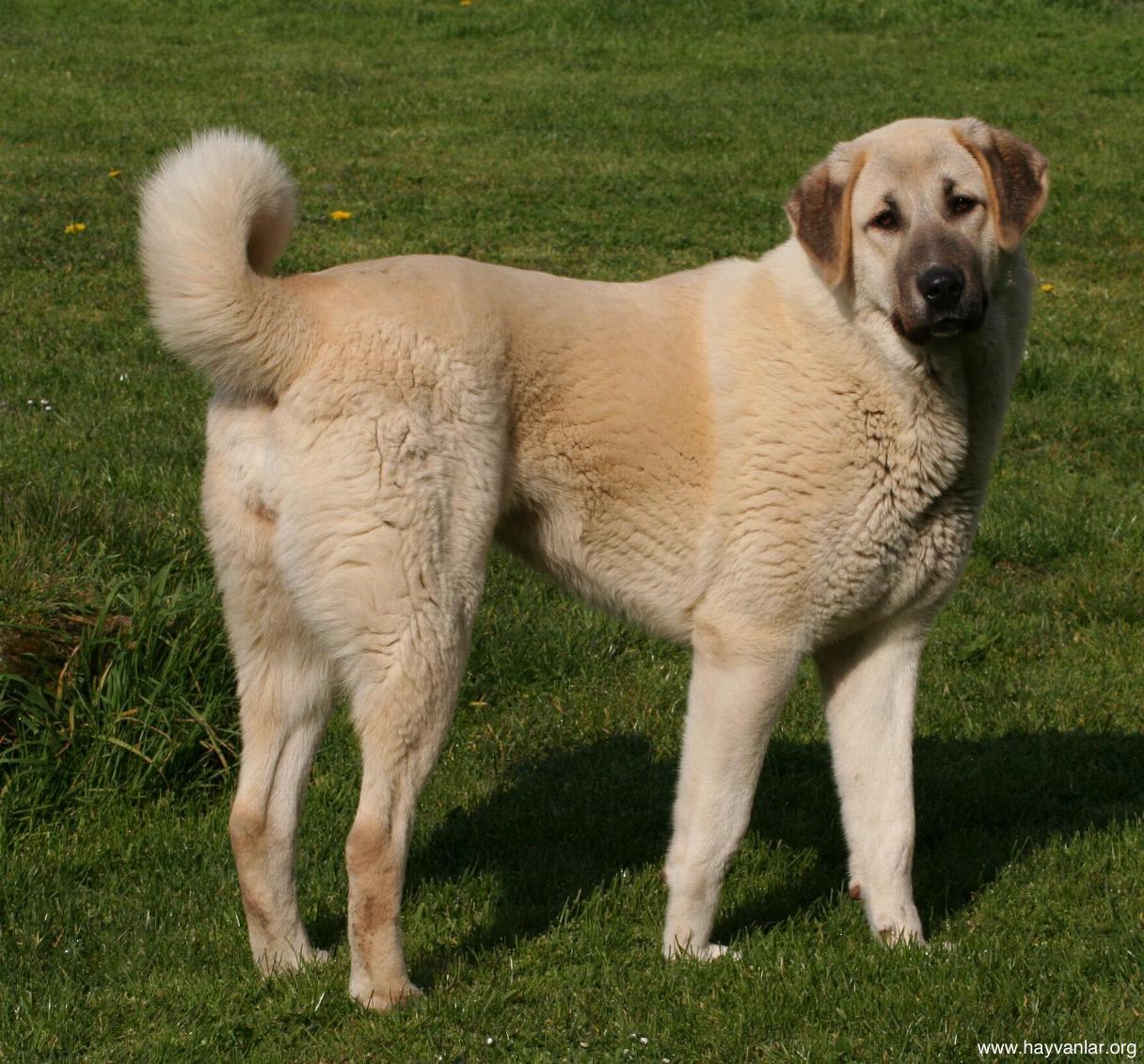
SnapShot
| Size: | Males – 66 to 78.7 cm (25.9 to 31 inches)
Females – 68.6 to 76.2 cm (27 to 30 inches) |
| Weight: | Males – 41 to 68 kg (90 to 149 lb)
Females – 41 to 68 kg (90 to 149 lb) |
| Origin: | Turkey |
| Life Span: | 13 to 15 years |
| Colour: | Red Fawn, Blue Fawn, Brindle, White & Biscuit, Liver, White |
| Litter Size: | 5 to 10 puppies |
Is the Anatolian Shepherd Right For You?
Here Anatolian shepherds proved invaluable as staunch defenders of livestock against formidable predators, including wolves and bears. They accompanied the nomadic shepherds and became widespread over a large geographical region, accounting for the Anatolian’s great variation in size, coat type and color. Several traits that remained constant throughout the breed, however, are loyalty, independence and hardiness. The name shepherd is a misnomer because the breed was never used as a herder. Its Turkish name, koban copek, means “shepherd’s dog.
In 5 Words
- Independent
- Forceful
- Loving
- Loyal
- Playful
Characteristics
Learn About the Anatolian Shepherd
Description
The Anatolian Shepherd Dog is a large, rugged and powerful livestock guardian. He is very similar to the Great Pyrenees and the Kuvasz, but is more slender and agile. The head is in good proportion with the rest of the body, large and strong, slightly rounded, with a slight stop. The muzzle is often black and is rectangular in shape. The lips are black and hang down slightly, dewlap should not be excessive. The upper lip should not hang down lower than the bottom jaw’s lower edge. The teeth should meet in a scissors bite, but a level bite is acceptable according to the written standard. The triangular, pendant ears should be set on no higher than the plane of the head. They should be V-shaped with a rounded tip and are often black. In Turkey, the ears are often cropped very short. The eyes are medium size, set apart, almond shaped and dark brown to light amber in color. Eye rims are black in all dogs except those of the liver color, where they are brown with a brown nose. The neck is thick, slightly arched, powerful, and muscular, and has a slight dewlap. The topline will appear level when the dog is in motion and will be slightly rounded at the loin. The chest is deep and reaches to the elbows. The back is powerful, muscular and level, short relative to the leg length. The front legs should reach out smoothly with no obvious pounding and are straight and set well apart. The tail is set rather high. It should be long and reaching to the hocks. When relaxed, it is carried low with the end curled upwards. When alert, the tail is carried high, making a “wheel.” Both low and wheel carriage are acceptable, when gaiting. The “Wheel” carriage is preferred in the show ring. The tail will not necessarily uncurl totally. The short or rough double coat is generally fawn with a black mask, though all color patterns and markings are equally acceptable including pinto, white and brindle. Coat is longer around the collar and the tail. The length will vary depending on the dogs lineage and the season. There are two basic coat types: medium length and medium long.
Short History of the Anatolian Shepherd
The Anatolian Shepherd Dog has evolved and been developed over the ages to suit specific sets of very demanding circumstances for strictly utilitarian purposes. For centuries these dogs were used as combat dogs in war and for hunting. When the need for them in war became less necessary, they became pastoral guardians of flock and family. They became valued for their victorious battles that they could fight with wolves. Breeders began creating dogs of the same size and colors as the livestock they guarded in order for the dog to fit in among the flock undetected by predators. These dogs accompanied the nomadic shepherds and became widespread over a large geographical region, accounting for the great variation in size, coat, type and colors.
Temperament
The Anatolian was developed to be independent and forceful, responsible for guarding its master’s flocks without human assistance or direction. These traits make it challenging as a pet; owners of dogs of this breed must socialize the dogs to turn them into appropriate companions. They are intelligent and can learn quickly but might choose not to obey. According to Turkish shepherds, three Anatolian Shepherd Dogs are capable of overcoming a pack of wolves and injuring one or two of them. These dogs like to roam, as they were bred to travel with their herd and to leave the herd to go hunt for predators before the predators could attack the flock. Therefore it is recommended to micro-chip and tag pets. This breed is not recommended for living in small quarters. They do well with other animals, including cats if they are introduced while still a puppy and have their own space. They are very loving and loyal animals who do well with children. They mature between 18–30 months. Both puppies and adults seem to have little interest in fetching or chewing. Rather, they prefer to run and sometimes swim.
Caring for Your Anatolian Shepherd
Grooming & Bathing
The Anatolian Shepherd is a hardy dog and can adapt to living outdoors, indoors, or both. He does not do well living in a kennel or at the end of a chain, however. He should be kept in a securely fenced yard–a fence at least six feet tall is required for this big breed–not only for his protection but also for the protection of dogs or people who might inadvertently enter his turf, which he will defend with all his might.
Anatolians are naturally clean animals and are very low maintenance in the grooming department. Their short coats shed throughout the year, but regular brushing can keep things from getting out of hand. They are not prone to “dog odor,” so unless the dog takes a romp in the mud, baths are only required a few times per year.
Anatolians’ ears hang, which can make them prone to infection. Weekly cleanings with cotton balls and a veterinarian-approved solution will kelp keep harmful bacteria at bay.
Exercise & Training
Because he is naturally wary of new people, animals, and situations, the Anatolian Shepherd must be socialized right from puppyhood. Obedience training and consistent leadership are also essential, because the Anatolian is so strong-willed. This dog has his own ideas, and he won’t cater to his owner’s every whim.
The Anatolian Shepherd will guard and protect without any protection training; in fact, attack training is not recommended for this breed. His protective nature grows as he matures; by the time he’s about 18 months old, he usually voluntarily takes on the role of guardian.

